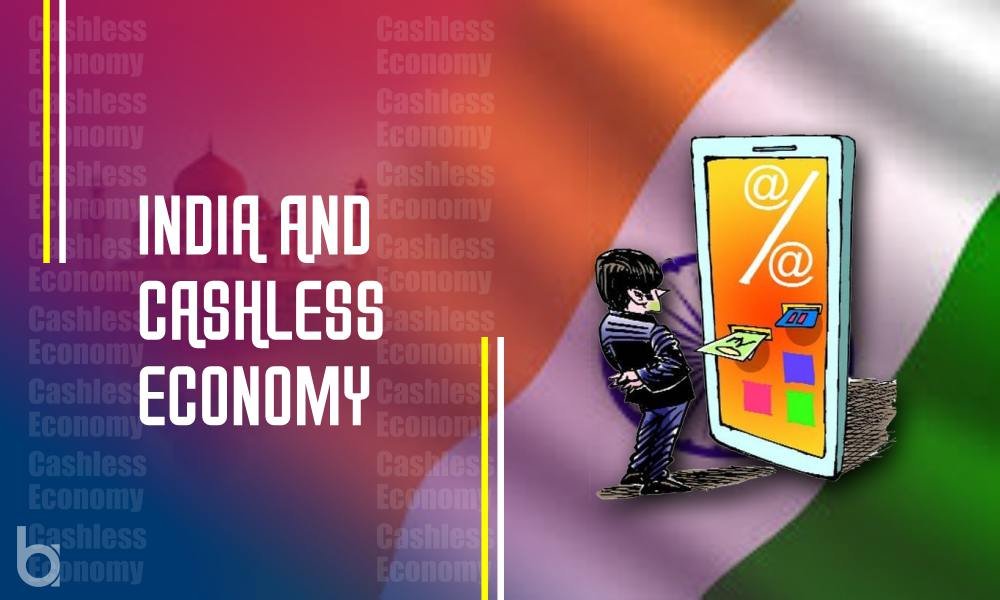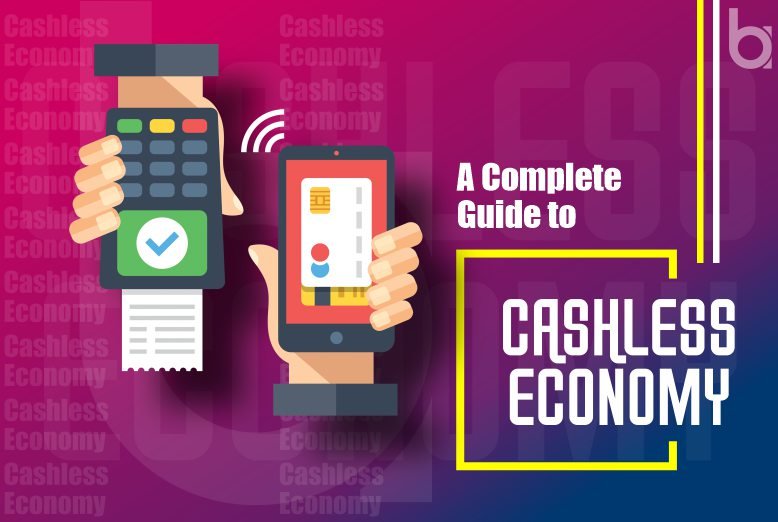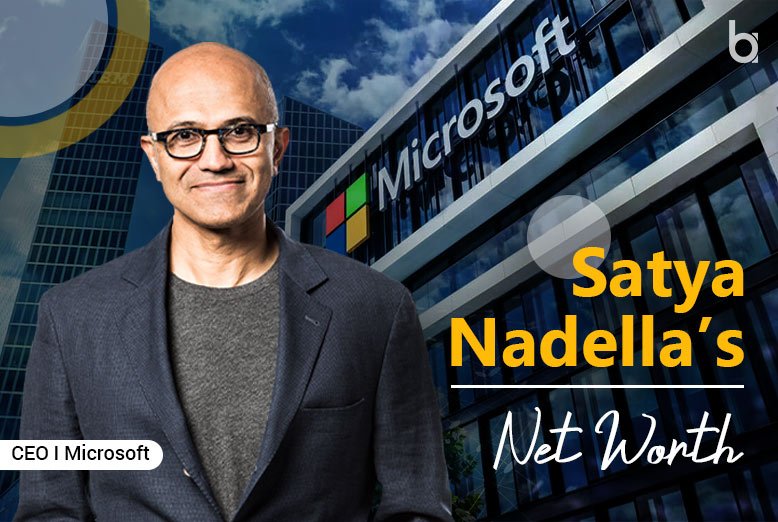A cashless economy may sound like something out of a science fiction novel, yet it is already a reality. Several powerful forces, including certain governments and huge financial services businesses, are driving the transition to a cashless future.
However, no society has yet gone completely cashless. Aside from practical obstacles, various societal issues must be solved before society can completely abandon currency. The benefits and downsides discussed in this blog can help you understand the wide range of implications that becoming cashless can have on money and banking as you know it.
What is a cashless economy?

A cashless economy is an economic situation in which financial transactions are completed without the need for cash or physical money. In simpler terms, a cashless economy is one in which no banknotes or coins are utilized for any form of financial or economic transaction or purchase. Transactions and purchases are conducted between the parties digitally, using an electronic representation of money.
Cashless transactions are now feasible thanks to debit cards, credit cards, mobile wallets, online bank account transactions, and digital currencies like bitcoin. All of this, however, has made the procedure easier and more comfortable for individuals. There is no longer any need to carry cash or visit banks and ATMs on a regular basis. But there’s a lot more to think about than simplicity and convenience. There are certain privacy and control problems, as every purchase and transaction is now logged someplace and watched by someone. While the majority of individuals are fine with this, some people prefer that their transactions and purchases stay private for a variety of reasons.
Before we look at the advantages and disadvantages of a cashless economy, let us look at the various types of cashless payments available right now.
Types of cashless payments
A user can make payments without using the currency in a variety of methods. Let’s look at the various types of cashless payments available today:
- Banking Cards
Banking cards, such as debit and credit cards, are among the most widely used cashless payment systems worldwide. Banking cards provide several benefits such as safe payments, convenience, and many more.
One of the most significant benefits of banking cards is that they may also be used to make other sorts of digital payments.
When it comes to banking cards, there are numerous well-known brands such as MasterCard, Visa, and Rupay.
- USSD
For people who do not have a smartphone, Unstructured Supplementary Service Data (USSD) provides a cashless payment method. The advantage of this approach is that payments may be made without the usage of a smartphone or an internet connection.
However, in order to utilize this service, the consumer must check that his/her cellphone number matches the one associated with his bank account.
This service is similar to IMPS in that it uses the MMID and MPIN with a cellphone number or account number with an IFSC code to complete a transaction.
- Mobile Wallets
These are smartphone apps that enable users to transfer, receive, and keep money. By simply integrating his/her bank account, a user may add or save money in his wallet. Similarly, a user may send money to friends, family, or anybody else by inputting their phone number, email address, unique ID, or scanning a QR code.
Furthermore, a user may utilize the mobile wallet software to make payments to merchants and pay different utility bills such as a water bill, an energy bill, a mobile recharge, and many others.
- QR Code
QR is an abbreviation for Quick Response. It is a two-dimensional code that consists of a pattern of black squares set on a square grid. Imaging equipment, such as smartphone cameras, can scan QR codes.
QR codes are extensively used for conducting cashless payments, in which a user just scans the merchant service’s QR code to complete the transaction.
- Contactless Payments
Contactless payment is a simple and safe technology that allows consumers to buy things by just touching a card near a point of sale terminal. The card might simply be a debit, credit, or smart card, sometimes known as a chip card and based on NFC (near field communication) or RFID technology.
Furthermore, contactless payments may be made using NFC-enabled phones that are directly linked to a mobile wallet.
- ECS
Electronic clearance service is extensively used for making bulk payments, equating monthly installments, paying off utility bills, and disbursing payments such as dividends, pensions, and wages. ECS can be used for credit as well as debit services.
ECS is a secure technique since you may specify the maximum amount of debit, the validity time, and the purpose of the transaction.
- Vouchers or gift cards
Aside from being a terrific present idea, gift cards are also a convenient option to go cashless.
It allows the recipient to use a voucher to purchase anything. There are also a number of stores that provide discounts on gift cards.
- POS Terminals
Traditionally, point-of-sale terminals are nothing more than portable gadgets seen in retailers. Customers’ financial cards are read using these devices. However, the reach of PoS is increasing since similar services are now available over the internet on many mobile devices.
Nowadays, PoS may be classified into several categories, including physical PoS, virtual PoS, mobile PoS, and so on. Mobile PoS is advantageous for small businesses since it eliminates the need to invest in costly electronic registers because it functions on smartphones and tablets. Similarly, virtual PoS systems run on web-based apps.
Advantages of a Cashless Economy
- Convenient and Efficient
A functional cashless economy eliminates the trouble of drawing cash and relieves the worry about whether or not the cash on hand is adequate to complete payment. It has become more efficient and convenient for the public to use cashless and electronic payment systems. This also expedites the financial transaction procedure.
- Enhanced Transparency
Because all electronic transactions are recorded, electronic money transactions have enhanced transparency.
- Government can Track Money Movement
With financial transaction records, the government can follow the movement of money, allowing it to track illicit and black money transactions in the country. This can be of tremendous assistance in removing corruption from the country and assisting India to emerge as a better and corruption-free country.
- Businesses
Cashless payments completely remove the problem of counterfeit money and illegitimate currency. Digital payments can help lessen the dangers associated with cash storage and the fear of money theft.
- Simple tracking
Cashless and digital payments make it easier to track consumption and expenditure. Recorded transactions can help consumers tweak their budgets more efficiently and save more money.
Disadvantages of a Cashless Economy
- Privacy
There may be privacy concerns with electronic payments. You must trust the bank with your data, yet your payment information may be revealed in unexpected ways. There is a risk associated with hacking and misusing your sensitive data.
- Overspending
When you spend cash, you can see how much you’re spending and calculate how much you’re spending. But when you spend money on electronics, you don’t get that feeling. It is usually simpler to swipe and spend than to compute in hand and spend.
- Problems with Technology
Technical issues can occur; you may have seen gateway error, payment failed, payment unauthorized, and other messages appear on your screen when you are unable to make a payment. This also results in a deduction from your account when your bill is unpaid.
- Cash aids in rationing expenditure
People who have a proclivity for debt may purposely break up their credit cards and limit themselves to cash payments. The reason for this is that there is a minimal psychological barrier to purchasing plastic. When you pay in cash, though, you have a stronger emotional relationship to your money and are more aware of how much you are spending.
- Difficult for those without a bank account
According to the Financial Inclusion Commission, approximately two million individuals in the UK do not have a bank account as of 2015. If stores exclusively take cashless payments, customers without bank cards will have a tough time paying. Many low-income households are strongly reliant on cash and may be left behind if certain goods and services are not accessible in cash.
COVID-19: Accelerating the shift towards a cashless economy

COVID-19 had a significant influence on the worldwide payments sector. The pandemic’s devastation has not only had an immediate impact on our lives and the economy, but it is already producing alterations in consumer payment behavior that will reverberate for years to come.
The pandemic is hastening the transition to a cashless economy in the payment business. According to a 17,000-person worldwide MasterCard poll, cash is on its way out, with 82 percent of respondents believing contactless payment solutions are “cleaner” in these COVID times. “Contactless payments are up to ten times faster than traditional in-person payment options, allowing customers to get in and out of businesses faster.”
As more businesses begin to deploy new e-payment solutions that cater to a larger audience, including unbanked people, being more inclusive about who can pay digitally may assist in a more general economic recovery while also spreading the e-payments gospel.
India and Cashless Economy

India has traditionally been a cash-based economy. The government’s attempt to seize all black money and undeclared assets, as well as the current COVID pandemic, has mandated contactless payments and increased cashless transactions. The adoption of demonetization in 2016 paved the way for a cashless economy as it compelled individuals to conduct cashless transactions since there is very little liquid currency accessible to the public and the government has confiscated the majority of black money. Many digital payment services have emerged, assisting individuals to transition to cashless purchases.
Despite the fact that the country’s digital payment ecosystem has grown significantly, there is still a lot of ground to cover. With the addition of more private players to the ecosystem, its penetration across India’s small villages and cities would grow dramatically. The IRCTC platform for online railway ticket buying is a prime example of a scalable and technologically advanced digital infrastructure.
With the government aggressively pushing and rewarding contactless payments, many consumers are expected to utilize digital payment systems. Digital transactions have become a way of life for the average person, with city workers and maids and servants working in houses using online payment interfaces to make and send payments at their leisure. As a huge number of individuals make online payments for the purchase of products and services on e-commerce sites due to the COVID-19 pandemic epidemic, digital payment systems have taken center stage.
Conclusion: A distant future

Despite the numerous new convenient methods for customers to pay for products and services, cash remains a trusted, safe, and dependable method of payment. It also conveys a concrete feeling of worth, which is very useful when budgeting. Cards and mobile payments give customers freedom, options, and convenience, but a fully cashless economy remains improbable.
What may happen is a really intriguing world of ATM and mobile convergence, with an emphasis on a combined digital and physical channel experience where consumers have a choice of transactions—where cashless and cash can peacefully coexist.
Read more: Why is Vietnam the Top-performing Economy during the COVID-19 Pandemic?















